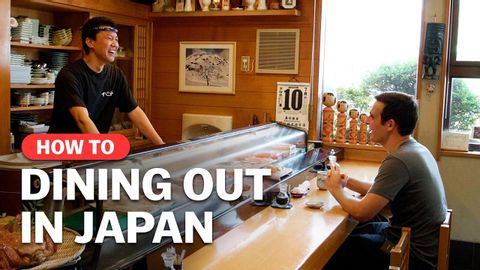How to:日本での外食|旅の便利情報|japan-guide.com (How to: Dining Out in Japan | Travel Tips | japan-guide.com)
Summer が 2022 年 12 月 26 日 に投稿  この条件に一致する単語はありません
この条件に一致する単語はありませんUS /məˈdʒɔrɪti, -ˈdʒɑr-/
・
UK /mə'dʒɒrətɪ/
- v.t./i.ストレッチをする : 体を伸ばす;伸ばす : 張る : 広げる
- n.ストレッチ : 体を伸ばすこと;一続きのもの;(一続きの)時間 : 期間
US /ˈækjərɪt/
・
UK /ˈækjərət/
- n. (c./u.)共有地;(地域共同体が所有する)共有地
- adj.公共の;典型的;一般の;広まっている;下品な;普通名詞の
エネルギーを使用
すべての単語を解除
発音・解説・フィルター機能を解除
